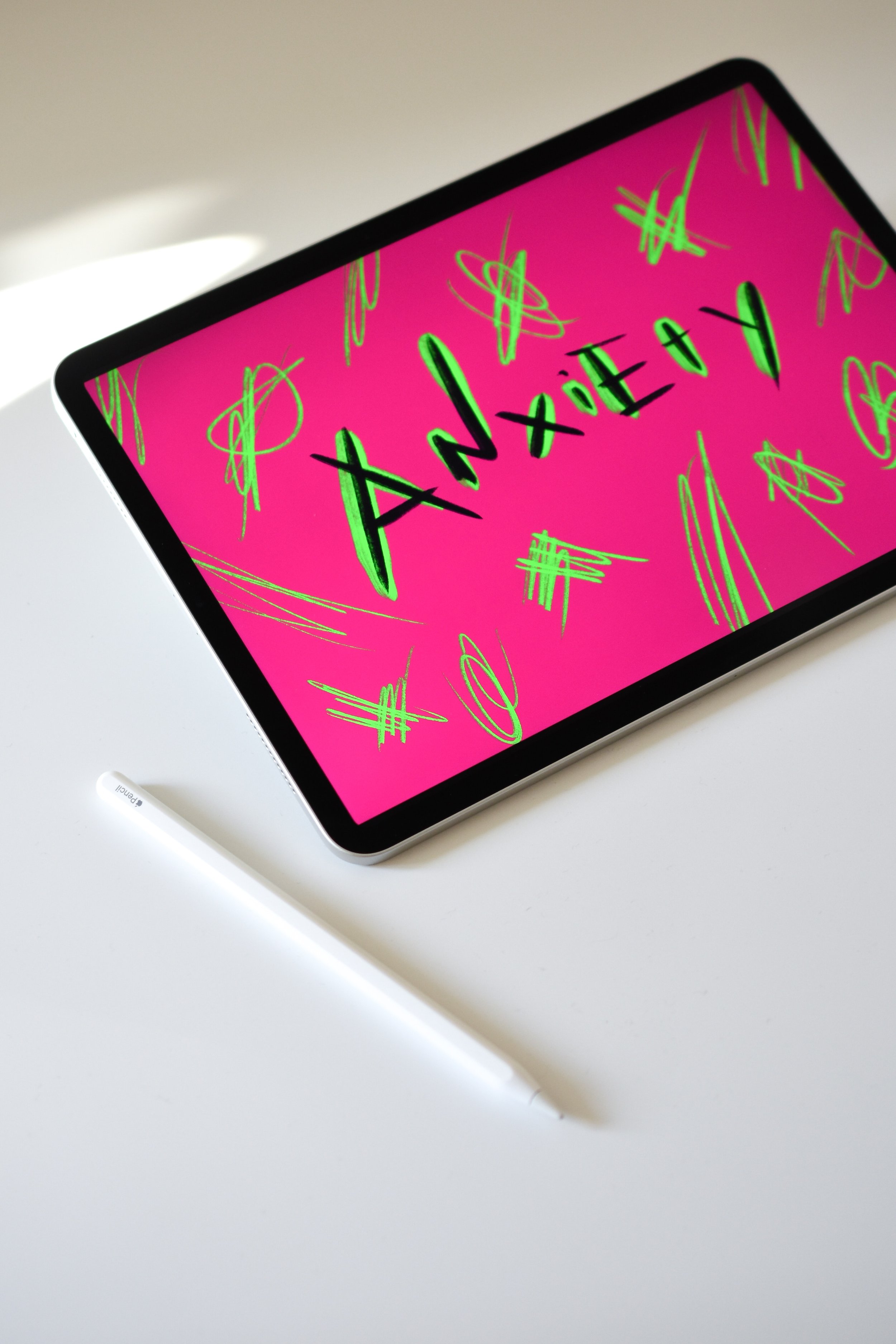How to Manage Daily Recurring Anxiety
Suraji Wagage, PhD, JD
Have you ever experienced anxiety around the same time each day? This is a widespread phenomenon. Read on to learn more about why this happens and what to do about it.
Anxiety and Conditioning
People commonly experience anxiety around the same time each day due to conditioning. We are constantly making connections between seemingly unrelated stimuli each day, which can become ingrained associations. For example, people with insomnia often report that when they lie down to sleep, they suddenly become wide awake and their minds start racing. They have paired being in bed and being awake by repeating the experience of being in bed awake over and over, so now even if they are sleepy when they lie down, lying in bed actually elicits wakefulness.
Anxiety can become paired with time of day in many ways. For example, perhaps something anxiety-provoking happened at that time of day in the past. If the event was very anxiety-provoking, that association can be formed by only one incident (people who experience a trauma often associate cues of the trauma including the time of year, weather, etc. with fear and anxiety). Or perhaps anxiety actually comes on at the time of day when you become less busy, such as when work slows down or you settle down for the evening. Though this seems counterintuitive, we often “don’t have time to worry” when our day is filled and busy, and anxiety can creep in when we have unstructured time. This is why many people report that they feel “suddenly” anxious at night when everything else is taken care of and it’s time for bed.
Perhaps the sensations you interpret as anxiety are a reaction to coffee that you drink at the same time each day. Or maybe you have paired sitting down to start your work day with feeling anxious. The stimulus can be anything, even something unnoticeable, and anxiety tends to have a cascading effect: first, even subconsciously, you pick up on something like your heart beating a bit faster for no particular reason, which then leads to a thought (that may be outside your awareness) of “uh oh, something is wrong with me,” which then leads your heart to beat even faster and sweating and shaking to start, which leads to even more catastrophic thoughts, and so on. This is to say that even if something very minor, or nothing in particular, triggers the initial anxiety symptom, anxiety can self-perpetuate into a spiral. This spiral can then get paired with the time of the day when it happened.
What to do About Recurring Anxiety
Therapy often focuses on recognizing and altering unhelpful patterns, and recurring anxiety that is paired with time of day is no exception. The first step in changing any pattern is to observe it and gather data. If you really want to change this pattern, start taking notes: what time of day do you experience sudden anxiety? How high would you rate the anxiety on a scale of 0-10? What accompanying thoughts and physical sensations did you notice, including thoughts about your anxiety? What did you do or want to do when you felt anxious? Is there any context that might be worth noting (e.g., did you sleep poorly the night before? Did you have a stressful day at work? When did you drink coffee? Did you take any medications?)?
Even observing an emotion transforms the experience fundamentally: we are no longer inside the emotion, we are outside of it looking at it. This shift alone often lessens the intensity of the emotion. Practice observing the anxiety as if you had never felt this emotion before and wanted to study it like a scientist.
Next, start to change the pattern. Try being somewhere else at that time of day and doing something else, like watching a movie with a friend, taking a swim, or going for a hike. If the anxiety arises while doing this activity, practice recognizing it and then continuing what you were doing. Exercise may be particularly helpful because there is overlap between the physical sensations during and after exertion and anxiety— we can start to reinterpret these uncomfortable sensations as part of exercise rather than anxiety. The key is not to try to avoid the anxiety, because anxiety is part of life. Challenging ourselves requires exposure to anxiety. Rather, you want to be able to do the things that are meaningful without being held back by anxiety.
If you find that you are still struggling with recurring anxiety, consider cognitive behavioral therapy, the gold standard treatment for anxiety.

